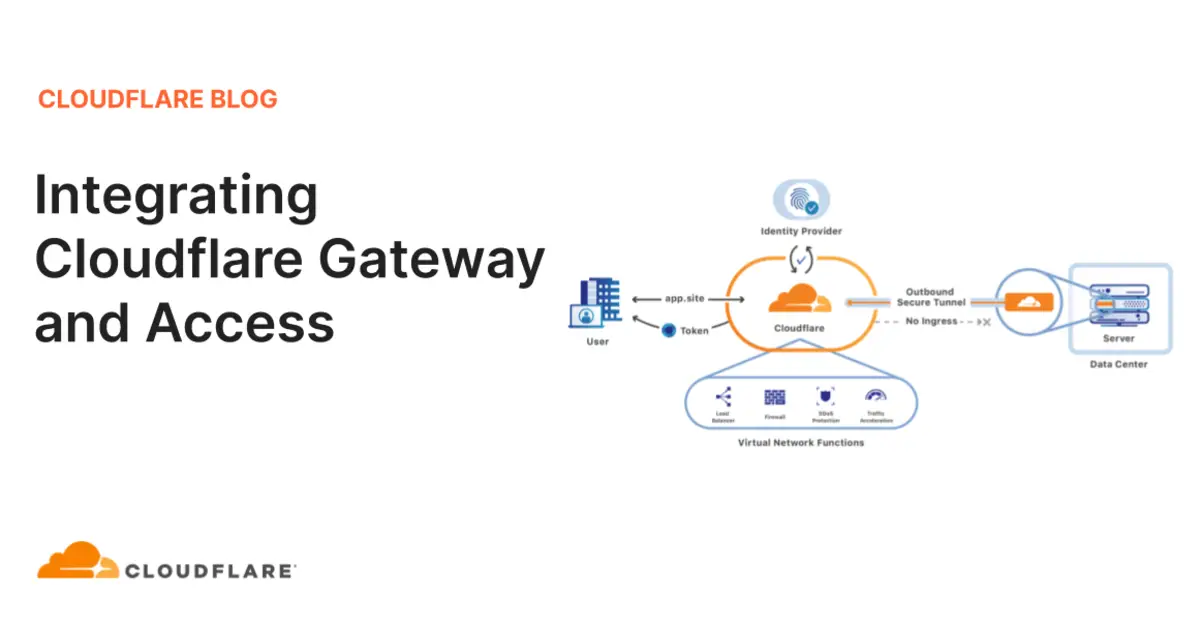Cloudflare is a global cloud services company that provides a comprehensive suite of services designed to improve the security, performance, and reliability of websites and applications. One of the core offerings of Cloudflare is its content delivery network (CDN), which strategically positions servers around the world to deliver content to users with the best possible performance.

Cloudflare CDN works by caching frequently accessed content, such as images, videos, and web pages, at the edge of the network. This means that when a user accesses a website protected by Cloudflare, the content is delivered from the closest Cloudflare data center, rather than the origin server. This significantly reduces latency and improves the perceived performance of the website.

In addition to its CDN, Cloudflare also provides a range of other services to enhance the security and reliability of websites and applications. These services include:

- Web Application Firewall (WAF): Protects websites from malicious traffic and attacks.
- Bot Management: Blocks automated traffic, such as bots and spiders.
- DNS Security: Ensures that DNS queries are secure and not subject to tampering.
- Load Balancing: Distributes traffic across multiple servers to improve performance and reliability.
- SSL/TLS Encryption: Protects data in transit between users and websites.
Cloudflare’s services are designed to work seamlessly together, providing a comprehensive solution for website and application performance, security, and reliability. By leveraging Cloudflare, organizations can improve the speed, security, and reliability of their online presence, enhancing the user experience and protecting their data and assets.

